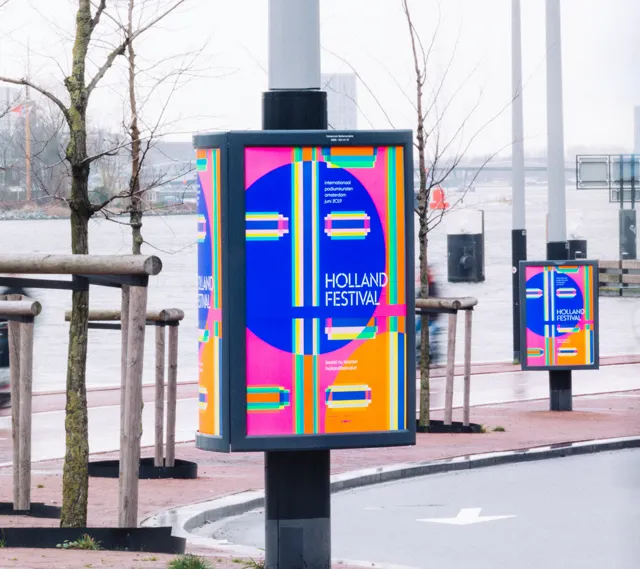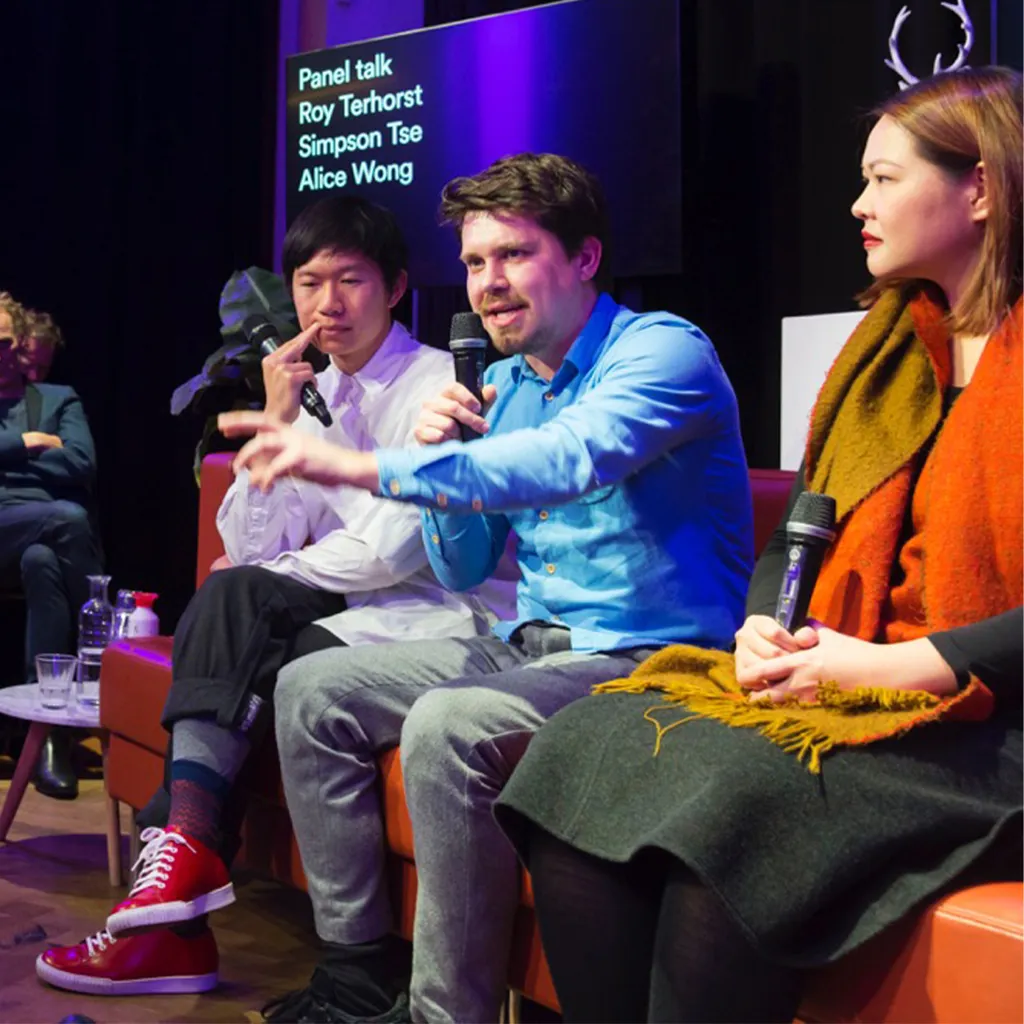Roy Terhorst is a multi-disciplinary designer specialising in graphic and motion design. He joined thonik in 2012 and has worked on projects for the City of Amsterdam, The New York Times, Nanjing Youth Festival, Holland Festival, Design Society Shenzhen and Dutch public broadcaster VPRO, among others. Thonik’s approach as a studio has always been about getting to the core of a topic and creating a clear, simple and radical concept that results in a rich and experimental visual language. “In the studio we always talk about how you need rules to create a strong identity,” says Roy. “Once you have those rules in place however, you can break them.”
Earlier this year Roy became a partner at thonik, the first partner the studio has had since it was founded by Nikki Gonnissen and Thomas Widdershoven back in 1993. To mark the occasion, we asked Roy a few questions about his approach, why he thinks experimenting and play is so vital, whether print is dead and what he is working on right now.
When did you know you wanted to become a graphic designer?
In my late teens I ended up at art school (AKI) in Enschede. I had gone to study photography but then saw my friends in the visual communication department making all this cool stuff, not only with photography, but also with text, layouts and animations, and it was then that I realised I wanted more. I switched programmes and fell in love with all the possibilities this field offered. It was as if a huge playground had opened up for me.

